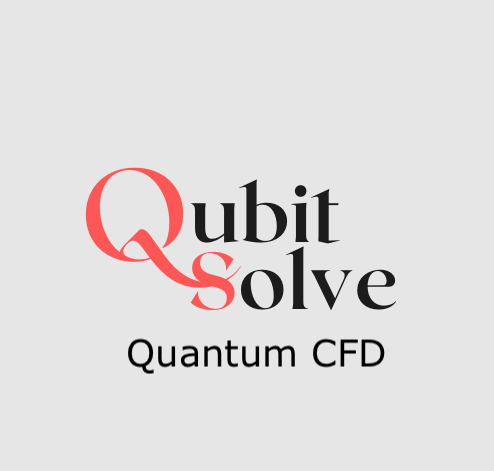Insider Brief
- Google has filed a patent for a seven-stage cryogenic cooling system designed to maintain the ultra-low temperatures needed for quantum computers, with cooling stages gradually reaching around 20 millikelvins, close to absolute zero.
- The system includes structured signal line connections across cooling stages, allowing better interaction between classical and quantum computers while maintaining temperature efficiency and minimizing energy loss.
- The innovation aims to improve the scalability of quantum systems, which currently face barriers due to temperature control and qubit stability, potentially expanding applications in fields like logistics, finance, and government.
Google’s recent patent filing shows the company is focused at advancing cryogenic cooling systems for quantum computing that don’t just target a pressing challenge — maintaining the near-zero temperatures required for quantum systems to function effectively — but also work in they hybrid quantum-classical environment that most experts anticipate will emerge.
The patent, named “Cryogenic Cooling Systems for Multi-Unit Scaling of Quantum Computing,” details a cooling system composed of seven distinct stages that is designed for a superconducting quantum computer. Each stage is progressively cooler, designed to bring quantum computing hardware close to absolute zero — the lowest point on the Kelvin temperature scale, approximately -459 degrees Fahrenheit.
Why Quantum Computers Need Extreme Cooling
Quantum computers differ from traditional digital machines by using quantum bits, or qubits, to process information. In a quantum computer, qubits leverage quantum phenomena such as superposition and entanglement to perform complex computations. However, these states are extremely delicate and the capabilities of the qubits hinge on being in a superconducting state, where electrical current flows without resistance. This state can only be achieved at ultra-low temperatures, near absolute zero.

The patent specifies that Google’s system starts at an initial stage with a temperature of about 60 kelvins (around -350 degrees Fahrenheit). Each subsequent stage gradually cools down further, until it reaches approximately 20 millikelvins, or close to -459 degrees Fahrenheit, at the final stage. This incremental cooling ensures that there are no sudden drops in temperature, which could risk damaging sensitive quantum components.
The Structure and Benefits of Multi-Stage Cooling
Google’s multi-stage system represents an effort to improve temperature efficiency and manage the energy costs of cooling quantum hardware.
Ashley Manraj, Chief Technology Officer at Pvotal Technologies, explained the strategic nature of this development to The Daily Upside: “This patent really shows that they’re trying to improve their mastery of [quantum], at least on the cooling side in terms of temperature efficiency, because you don’t want to spend too much energy cooling.”
In practice, quantum computers are housed in cryogenic environments isolated from external heat and noise. These isolated settings help keep qubits stable and reduce errors during computations. Google’s approach, with its seven stages of cooling, aims to make this process more controlled and energy-efficient.
According to the patent, the system involves a series of thermal plates, each linked to a cooling unit that brings the temperature down incrementally. This careful management prevents rapid temperature shifts that could destabilize the quantum system. The final stage, at around 20 millikelvins, is where the quantum hardware operates, achieving the superconducting state necessary for processing quantum information.
Bridging Classical and Quantum Systems
A key obstacle for quantum computing has been the integration of classical computing systems, which operate at much higher temperatures. Communication between the two types of systems typically requires physical signal lines, which can act as pathways to transfer heat — or thermal bridges — impacting the overall cooling efficiency. Google’s patent addresses this challenge by incorporating signal line connections through each stage of the cooling system, allowing for more effective interaction between quantum and classical computers while maintaining temperature stability.
“This patent is interesting because the objective seems to be to maintain efficient stages of cooling and progressively have regular computers be introduced next to the quantum workload,” Manraj told The Daily Upside.
This step is essential for practical applications where quantum and classical systems need to work in tandem, such as data processing and error correction. Most experts now expect that quantum computers will need to work in tandem with classical computers.
The Path Forward for Quantum Scalability
Despite these advances, quantum computing still faces significant hurdles. Current quantum computers are limited in scale, with leading systems housing just over 1,000 qubits. Ensuring stable operation at such low temperatures is vital for scaling up quantum capabilities.
Google’s patent, though, appears to show it might be worth running the race, despite the hurdles.
“The advantages of this market may be underestimated,” Manraj said, as reported in The Daily Upside, emphasizing quantum computers’ potential in fields ranging from logistics to economic modeling and beyond. “A quantum computer’s main strength is optimization, which in theory can be applied to practically any field: economics, agriculture, logistics, government, and more. Basically, we don’t even know what we don’t know.”


















